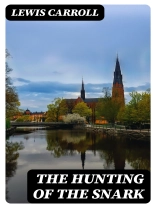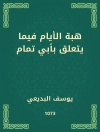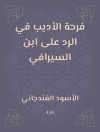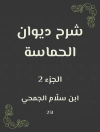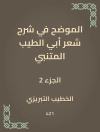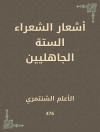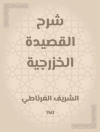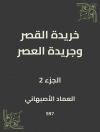In ‘The Hunting of the Snark, ‘ Lewis Carroll crafts a whimsical narrative that brilliantly blends absurdity and fantasy, resulting in a poem of intricate verse and playful language. Set within a nonsensical yet richly imaginative world, the story follows an eclectic crew aboard a ship in search of the elusive Snark, a creature whose very existence is shrouded in mystery. Carroll’s unique use of wordplay, portmanteaus, and lyrical rhythm not only disorients but also enchants readers, situating the work within the larger context of Victorian literature that valued both innovation and imagination. The poem sparkles with philosophical undertones, inviting interpretations and challenging the conventions of narrative structure. Lewis Carroll, a mathematician and logician, often infused his works with his fascination for the fantastical and the illogical. His experiences in the realms of mathematics and his knowledge of wordplay and riddles heavily influenced his writing. ‘The Hunting of the Snark’ emerged during an era of creativity and change, reflecting Carroll’s desire to explore themes of identity, absurdity, and the nature of reality. ‘The Hunting of the Snark’ is a must-read for anyone who revels in the absurd or wishes to experience the playful genius of Carroll. Its layered meanings and enchanting style make it a timeless treasure, appealing not only to children but also to adults who appreciate the depth behind the whimsy.
Sobre o autor
Lewis Carroll, born Charles Lutwidge Dodgson on January 27, 1832, in Daresbury, Cheshire, England, was an author, mathematician, and logician who left an indelible mark on the literary world. Carroll is best known for his enduring works of children’s literature, specifically ‘Alice’s Adventures in Wonderland’ (1865) and its sequel ‘Through the Looking-Glass’ (1871). He blended elements of fantasy, nonsense, and wordplay to create unique narratives that appealed to both children and adults. His mastery over language and poetic form is evident in ‘The Hunting of the Snark’ (1876), a narrative nonsense poem that follows an ‘impossible voyage of an improbable crew to find an inconceivable creature’. The poem explores themes of quest and the absurd, featuring a blend of humor and melancholy, and is exemplary of Carroll’s distinctive style that often challenges logic and embraces the fantastical. Carroll’s contribution to literature extends beyond entertainment, also influencing the study of semantics and linguistics. Despite the whimsical nature of his prose, Carroll was a serious scholar, teaching mathematics at Christ Church, Oxford. He engaged with symbolic logic and puzzle design, which is reflected in the complexity and playfulness of his literary works. Carroll’s legacy lives on, inspiring countless adaptations, interpretations, and academic studies, solidifying him as an extraordinary figure in British literature and culture. His work has transcended the Victorian era, captivating readers and scholars over successive generations.
